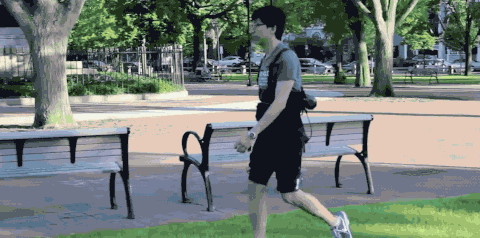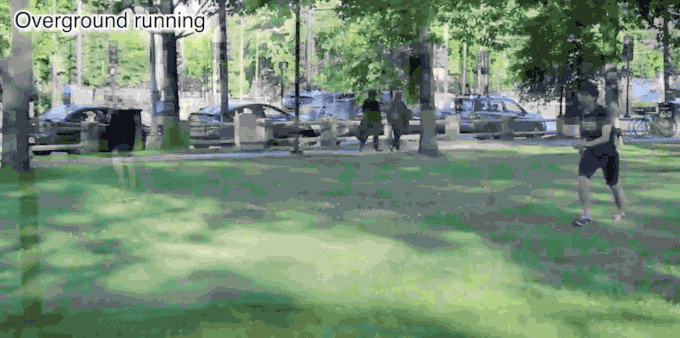When you run the marathon to the end, do you think your legs are as heavy as lead? At this time, would you want your legs to run to the end?
Studies at Harvard University, South Korea’s Central University, and the University of Nebraska-Omaha have completed a robot shorts“. It works by assisting your athletic activities with robotic devices, reducing metabolic load and saving the energy you need to walk and run.

The “robot shorts” it wears involves an artificial intelligence-driven soft robotic system that uses an algorithm that reliably predicts the transition between walking and running gait. This “mechanical exoskeleton” shorts are made of textile at the waist and thighs, and the straps on the legs help the legs. Stretching exercises. The waist and thighs are assisted by a mobile drive system that determines which gait the user is currently active in, and whether to run or go.

Knowing the operation of this “robot shorts”, let’s see what it does.
Team research shows that when you walk at 1.5 meters per second, you can reduce the metabolic rate by 9.3% at a speed of 2.5 meters per second when you walk at a speed of 1.5 meters per second. When you run, your metabolic rate is reduced by 4.0%. These reductions in metabolism are comparable to the weight loss of 7.4 kg and 5.7 kg, respectively, during walking.

Professor Gordon McKay, founder of Harvard University’s Biodesign Lab, said: “Although we found that the reduction in metabolism is not significant, our research shows that the role of portable wearable robots is not just auxiliary movement, it is still flattening. Road. In the future, the system will be everywhere in our lives.”
UsersThe “robot shorts” of the engineering intelligence considers the trajectory, speed and gait, and can work without hindering the user’s natural movement, and most effectively assist the wearer’s movement. When you put on this special pair of pants, you may even wonder if it works. One of the researchers of the project, Harvard Robotics Engineer David Perry says:
After 15 minutes or so, you will wonder if it really helped your event because you just feel like you are walking. However, once you turn it off, you will feel the legs suddenly sinking and you will realize how helpful it is.

Compared with past mechanical exoskeleton equipment, the “Robot Shorts” hip-assisted outerwear is designed to be simpler and lighter. It uses a cable drive system to help the wearer move more easily, the drive cable exerts a pulling force between the belt and the thigh, and there is an external extension torque at the hip joint that works in conjunction with the gluteal muscle.
This robotic shorts weighs 5 kilograms and more than 90% of its weight is near the center of gravity of the body. “This method of concentrating weight, combined with a flexible clothing interface, minimizes the wearer’s energy burden and movement limits.” Team graduate student Jinsoo Kim said that concentrated weight distribution can help the limbs move back and forth faster, helping walking And running activities.

In the future, this unique “mechanical exoskeleton” and its similar solutions can help elderly people with mobility to stand up from their chairs, help gait patients to walk more smoothly, and reduce the number of manual workers. Risk of injury.
